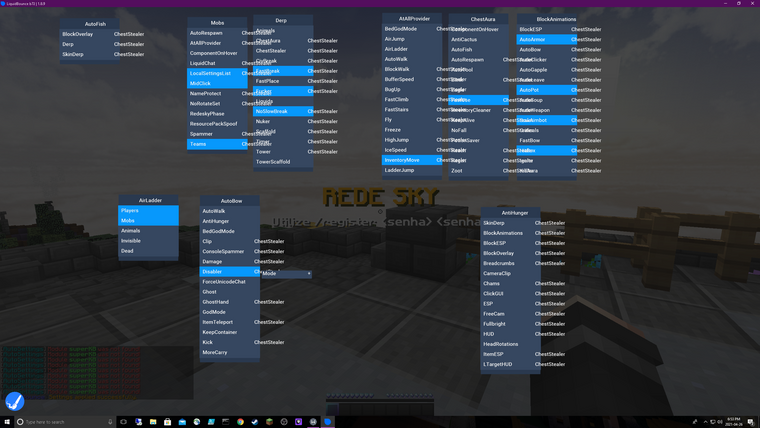

A search on Scopus for academic materials that contain panic buying in their title, abstract, or keywords only yielded 32 results.

However, despite the importance of the topic, current understanding of panic buying is quite limited. Hence, classical behavioural theories explaining consumer behaviour might not apply in this context.

Panic buying represents a relatively unexplored, niche area in consumer behaviour research where purchase decisions are impaired by emotions (e.g., fear of the unknown and anxiety) and social influences. Consequently, this exacerbates stockout situations and often leads to price increase of consumer products. The sporadic surge in demand for consumer products, coupled with closures of routes or limits on traffic, poses challenges in areas like ordering, replenishment, and distribution. In addition, from the retail perspective, panic buying causes further disruptions to supply chains. This generates negative externalities in societies. The situations limit or prevent individuals or more vulnerable groups (e.g., elderly or poor), who are in greater need of the products, from accessing them. Panic buying is a socially undesirable, herd behaviour where large quantities of daily necessities and medical supplies are purchased from markets, which often results in stockout situations. Recently, panic buying was witnessed globally following the COVID-19 pandemic, and such behaviour was also observed and reported in past major disasters or health crises such as the 2011 Christchurch earthquake and 2016 Hurricane Mathew. One of such behavioural changes is panic buying, which occurs when consumers buy unusually large amounts of products in anticipation of, during or after a disaster or perceived disaster, or in anticipation of a large price increase or shortage. In survival psychology, it is widely acknowledged that individuals may undergo behavioural changes following major events such as natural disasters and disease outbreaks that potentially disrupt social lives or even threaten individuals’ health. Recommendations for future research are also provided. This study contributes to the literature by consolidating the scarce and scattered research on the causes of panic buying, drawing greater theoretical insights into each cause and also offers some implications for health professionals, policy makers, and retailers on implementing appropriate policies and strategies to manage panic buying. The review suggests that panic buying is influenced by (1) individuals’ perception of the threat of the health crisis and scarcity of products (2) fear of the unknown, which is caused by negative emotions and uncertainty (3) coping behaviour, which views panic buying as a venue to relieve anxiety and regain control over the crisis and (4) social psychological factors, which account for the influence of the social network of an individual. A systematic review of the related literature is conducted. The aim of this study is to review, identify, and synthesise the psychological causes of panic buying, which is a relatively new and unexplored area in consumer behaviour research. Consequently, it has received much attention from academics and the retail industry. Use fear, but not fright, to talk about things that always frighten you and things that may happen in the future: I have a fright of spiders.Attributed to the recent COVID-19 pandemic, panic buying is now a frequent occurrence in many countries, leading to stockouts and supply chain disruptions. fright a feeling of fear, usually sudden:įear or fright? Fright is a reaction to something that has just happened or is happening now.The doctor said there was no cause for alarm.alarm fear or worry that somebody feels when something dangerous or unpleasant might happen:.panic a sudden feeling of great fear that cannot be controlled and prevents you from thinking clearly:.fear the bad feeling that you have when you are in danger or when a particular thing frightens you:.These are all words for the bad feeling you have when you are afraid.


 0 kommentar(er)
0 kommentar(er)
